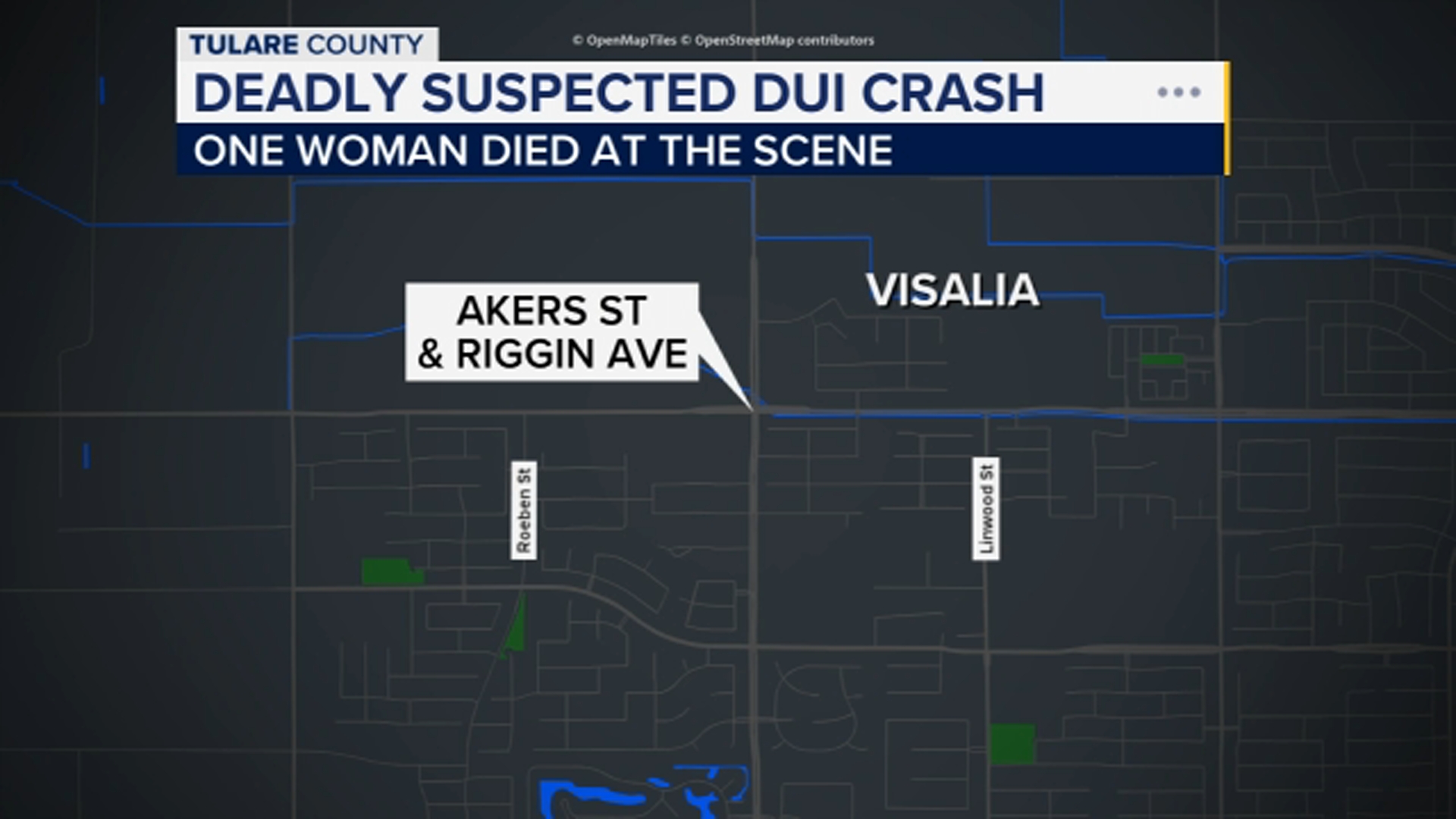What 250,000 confirmed COVID-19 deaths really means
Studies show the impact of a quarter of a million COVID-19 deaths is huge on families and the economy. What's the extent of that impact? Our interactive sliders may be able to give you an idea.

LOS ANGELES -- How do you measure the loss of hundreds of thousands of people? What does that loss really mean?
Some researchers in California have sought answers to these questions, including Emily Smith-Greenaway, an associate professor of sociology and special sciences at the University of Southern California.
Her study found that for every COVID-19 death, nine grandparents, parents, siblings, spouse or children are left grieving.
For 250,000 deaths, that translates to two and a quarter million people who didn't get to say goodbye.
Interactive not displaying correctly? Click here to open in a new window.
"It gives you a sense of how much grief and loss is blanketing our country right now," Smith-Greenaway said. "It gives you a different sense of the scale of this crisis and the far reach that is has in our population."
University of California, Berkeley demographers have also tried to measure the loss. In a study, Josh Goldstein and Ronald Lee estimated that the death toll of the virus has cut the average American life expectancy by about a year.
"The deaths we've seen this year are despite our best efforts. We have really done a lot to prevent the disease and we still have 250,000 deaths," Goldstein said. "The danger of COVID is much higher than what we have seen."
They also estimate that the financial loss of a quarter of a million deaths could be up to $2.5 trillion, based on studies valuing a life at about $10 million.
Interactive not displaying correctly? Click here to open in a new window.
"These effects don't just dissipate when the pandemic ends," said Smith-Greenaway. "We will be grappling with this for a decade going forward."










